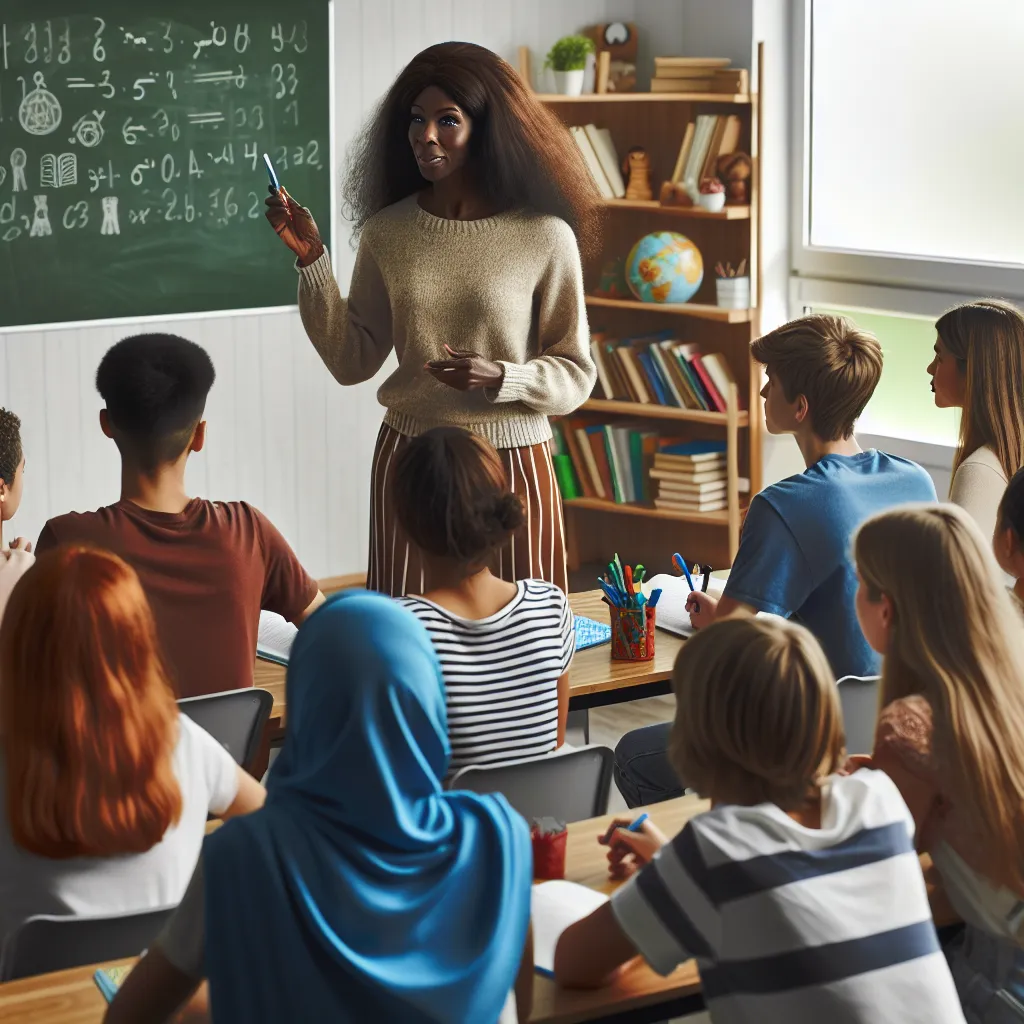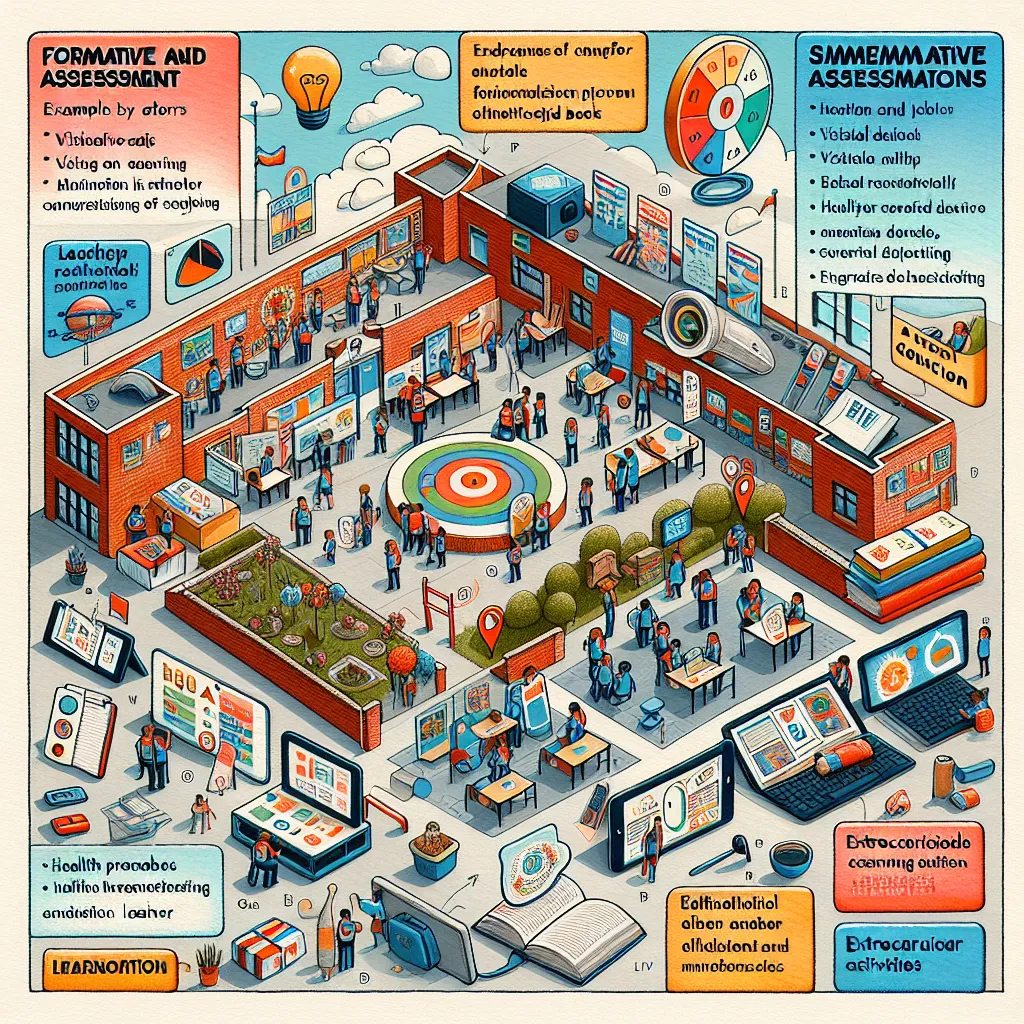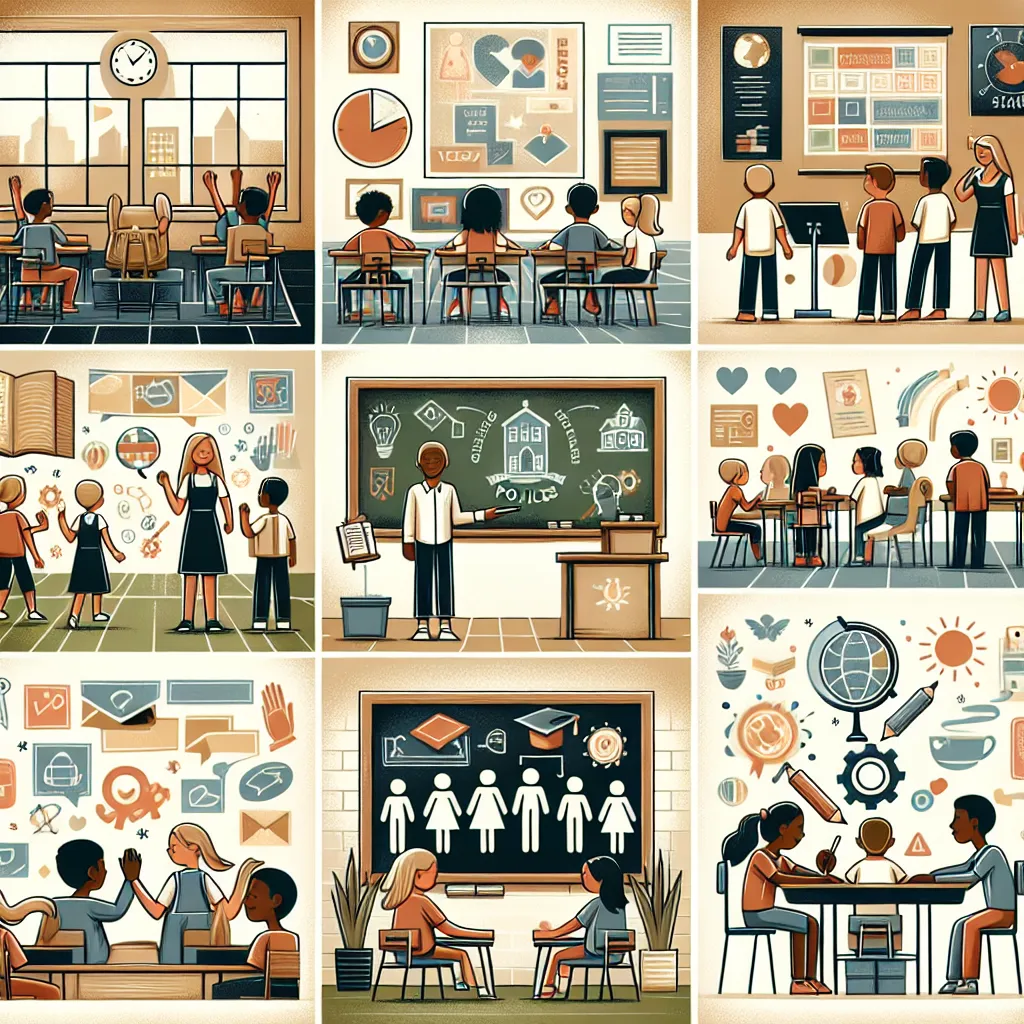Ask AI on The Internet
Question: (1) b) Explain the difference between a formative and a summative assessment. _________________________________________________________________ _________________________________________________________________ (2) c) What assessment tools were used to assess? (e.g. memoranda, rubrics, checklists). ___________________________________________________________________ (1) d) Name two examples of summative assessments that you observed during your stay at the school. _________________________________________________________________ _________________________________________________________________ (2) (6) 6.2 a) Write down three of the teaching aids and learning materials that you observed in the class that you attended. ……………………………………………………………………………………………………………………………………………………………………………………………………………………………………………………………………………………………………………………………………… (3) b) Write down the main advantages of one of the teaching aids that you observed being used in the class that you attended. ……………………………………………………………………………………………………………………………………………………………………………………………………………………………………………………………………………………………………………………………………… (2) c) Name any modern technology that is available at the school you visited. ……………………………………………………………………………………………………………………………………………………………………………………………………………………………………………………………………………………………………………………………………… (2) d) What learning media is not available at the school you visited that you think is very important in teaching and learning ………………………………………………………………………………………………………………………………………………………………………………………………………………………… (2 (9) 6.3 Control of written work To enable learners to progress, written communication about their efforts is very important. Positive feedback can help learners to think critically and it can help them to improve in follow-up activities. Make three comments about the control and correction of learners' written work in the class you visited. ..……………………………………………………………………………………………………… …………………………………………………………………………………………………………… …………………………………………………………………………………………………………… …………………………………………………………………………………………………………… ..……………………………………………………………………………………………………… …………………………………………………………………………………………………………… …………………………………………………………………………………………………………… …………………………………………………………………………………………………………… .……………………………………………………………………………………………………… …………………………………………………………………………………………………………… …………………………………………………………………………………………………………… (3) b. How is feedback given? Is it written on the board, in learners’ books, or is it given verbally? …………………………………………………………………………………………………………… …………………………………………………………………………………………………………. (3) c. Who provides feedback? …………………………………………………………………………………………………………… …………………………………………………………………………………………………………… (1) d. How many times do learners receive feedback? …………………………………………………………………………………………………………… …………………………………………………………………………………………………………… (1) e. How effective is the feedback that learners receive? …………………………………………………………………………………………………………… …………………………………………………………………………………………………………… (2) (10) TOTAL= 25 7. INCLUSIVITY The learners in your class will come from diverse backgrounds and have unique needs. Part of being context conscious is having an awareness of learners' needs and the ability to provide a learning environment that enables learning for all. Read chapter 10 of ‘Becoming a teacher” to learn more about approaches to and practical aspects of inclusive education. You have observed more than one class during your teaching practice. For this activity, you have to go to a class where you have encountered learners with barriers to learning or ask your mentor to guide you to such a class. 8. CLASSROOM ENVIRONMENT AND HEALTH PROMOTION a) Was there any evidence in the classroom that learners’ health was being promoted? …........ Provide a supporting statement for your answer. ……………………………………………………………………...…………………………………………………………………………………………………………………………………………………….. (2) b) Are the classrooms/schools clean and safe? Provide a supporting statement for your answer. ……………………………………………………………………...………………………………………………………………………………………………………………………………………………… (2) c) Who is responsible for the cleanliness of the classroom? ............................................................................................................................................................................................................................................................................................................................................................................................................................................................ (2) d) How often are the classrooms cleaned? ……………………………………………………………………………………………………………………….………………………………………………………………………………………………… (2) e) Are there any things in the classroom or at the school which may pose danger or cause harm to learners? Support your answer. ………………………………………………………………………………………………………………………..........…………………………………………………………………………………………. (2) [10] 9. EXTRA-CURRICULAR ACTIVITIES a) List all the extra-curricular activities that are offered at the school, e.g. soccer, netball, volleyball, athletics. ………………………………………………………………………………………………………………………….......………………………………………………………………………………………… (2) b) Who oversees the extra-curricular activities? Is it the principal, teachers, parents, or members of the community? ………………………………………………………………………………………………………………………………………………………………………………………………………………………… (2) c) What do you think the advantages and disadvantages of having extra-curricular activities at the school are? …………………………………………………………………………………………………………… (3) [7] TOTAL = 65
Certainly! Here’s a detailed breakdown to help you respond to the queries appropriately: ### 6.1 Assessments **b) Difference Between Formative and Summative Assessments:** - **Formative Assessment:** These are ongoing assessments conducted during the learning process. They are used to monitor student learning and provide ongoing feedback that can be used by instructors to improve their teaching and by students to improve their learning. - *Examples:* Quizzes, peer reviews, concept maps, and class discussions. - **Summative Assessment:** These assessments are conducted at the end of an instructional period and are used to evaluate student learning, skill acquisition, and academic achievement. - *Examples:* Final exams, end-of-term projects, standardized tests, and final presentations. **c) Assessment Tools Used:** - Memoranda, rubrics, checklists are examples of assessment tools. **d) Examples of Summative Assessments Observed:** - Mid-term exams and final exams. - Final projects or presentations. ### 6.2 Teaching Aids and Learning Materials **a) Teaching Aids and Learning Materials:** - Interactive whiteboards - Flashcards - Educational posters **b) Advantages of a Teaching Aid:** - *Interactive whiteboards:* These engage students in the learning process, making the lessons more interactive and visually appealing, which can enhance understanding and retention. **c) Modern Technology Available:** - Projectors, tablets, and educational software. **d) Important Learning Media Not Available:** - A lack of online learning platforms or e-books, which are important for modern, flexible learning environments. ### 6.3 Control of Written Work **a) Comments on Control and Correction of Written Work:** 1. Consistent marking and feedback are provided, making students aware of their progress. 2. Corrections are timely, ensuring students can learn from their mistakes before moving on. 3. Constructive feedback that highlights both strengths and areas for improvement is given, fostering a growth mindset. **b) How Feedback is Given:** - Feedback is given in learners’ books and verbally during class. **c) Who Provides Feedback?** - The teacher provides feedback. **d) Frequency of Feedback:** - Learners receive feedback on a weekly basis. **e) Effectiveness of Feedback:** - The feedback is effective in helping learners identify their mistakes and understand the correct process, thereby improving their performance in subsequent tasks. ### 7. Inclusivity (Comprehensive understanding from chapter discussion and on-field observation would be necessary.) ### 8. Classroom Environment and Health Promotion **a) Evidence of Health Promotion:** - Yes. Posters about hand washing and proper seating posture are present. - *Supporting Statement:* There are visible health posters and periodic hand washing reminders. **b) Cleanliness and Safety of Classrooms/Schools:** - Yes, the classrooms and toilets are clean and waste bins are readily available. - *Supporting Statement:* No litter was seen around the school premises and cleaning supplies were observed in the classrooms. **c) Responsibility for Cleanliness:** - Assigned janitors and sometimes students during class chores. **d) Frequency of Classroom Cleaning:** - Classrooms are cleaned daily. **e) Potential Dangers:** - No, the environment appears safe with well-maintained facilities. - *Supporting Statement:* Classroom furniture is in good condition, and emergency exits are clearly marked. ### 9. Extra-Curricular Activities **a) Extra-Curricular Activities Offered:** - Soccer, netball, volleyball, athletics, and drama club. **b) Overseers of Extra-Curricular Activities:** - Activities are overseen by teachers and sometimes external coaches or community members. **c) Advantages and Disadvantages:** - *Advantages:* Promote physical health, teamwork, and school spirit. - *Disadvantages:* May reduce time available for academic activities, which can be stressful for students balancing both. --- This guidance will help you provide detailed and comprehensive answers to each section of the questionnaire.
Think your answer is better than the AI's? Post it below.
Other Most Relevant Posts:
 a) Promoting Learners' Health
b) Clean and Safe Classrooms
c) Classroom Cleanliness Responsibility
d) Daily Classroom Cleaning
e) Classroom Safety Hazards
---
a) School Extracurricular Acti
a) Promoting Learners' Health
b) Clean and Safe Classrooms
c) Classroom Cleanliness Responsibility
d) Daily Classroom Cleaning
e) Classroom Safety Hazards
---
a) School Extracurricular Acti
 1. Inclusive Education
2. Transformative Teacher
3. Special School
4. Barriers to Learning
5. Social Isolation
Recognizing Individual Needs
Building a Supportive Classroom Culture
Providing Diff
1. Inclusive Education
2. Transformative Teacher
3. Special School
4. Barriers to Learning
5. Social Isolation
Recognizing Individual Needs
Building a Supportive Classroom Culture
Providing Diff
Question Tags
If you want your question answered by an AI, click here.





Post your own comment: